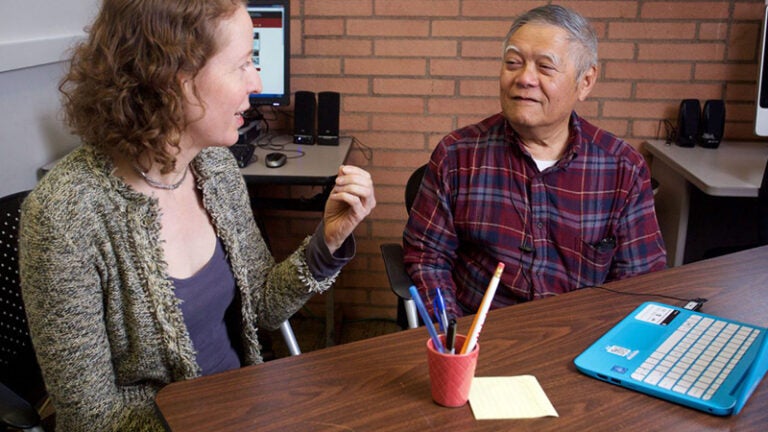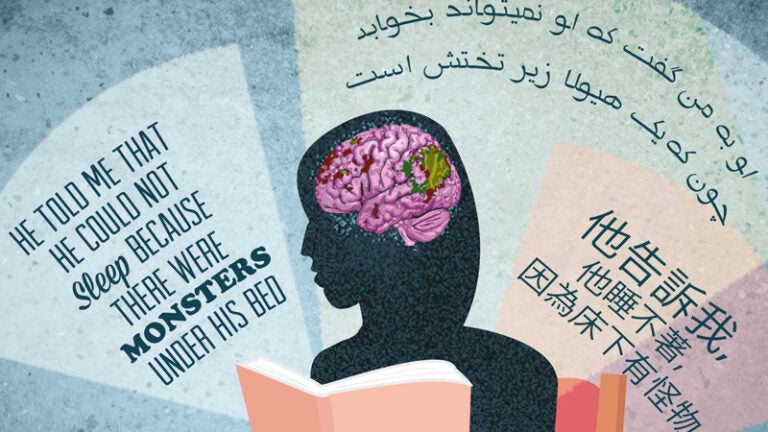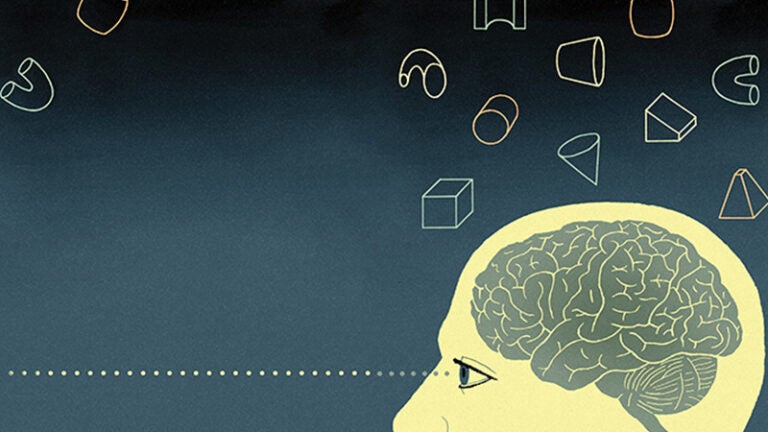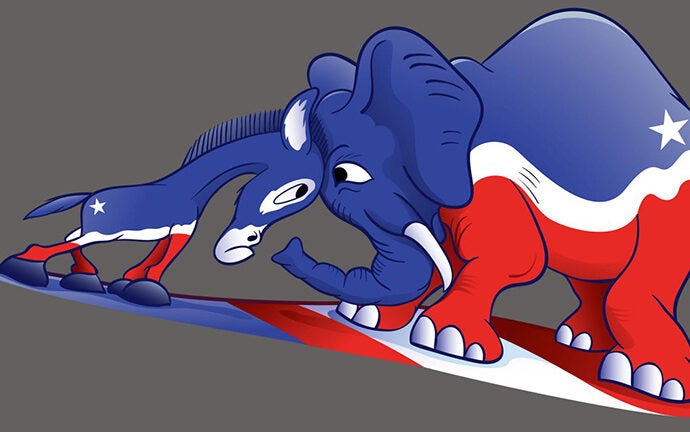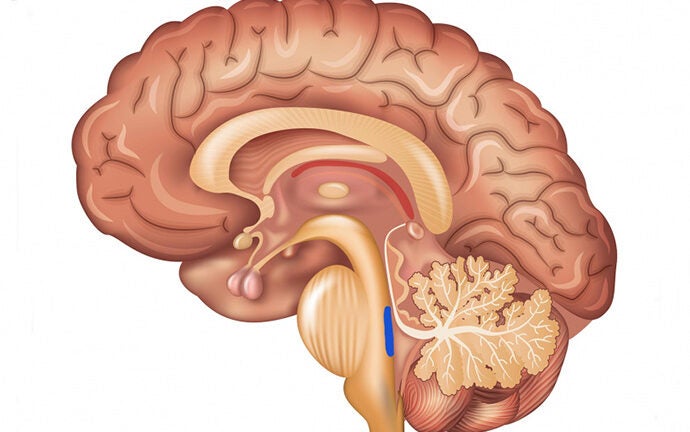For teenagers, exposure to more community violence means changes to the physical structure of their brains, writes Darby Saxbe in "The Conversation."
USC Dornsife News
The Healthy Minds Research Volunteer Corps at USC enlists potential research study participants of varying racial and socioeconomic backgrounds from across the greater Los Angeles area.
Researchers at USC Dornsife’s Brain and Creativity Institute find there is something universal about what occurs in the brain when it processes stories, regardless of a person’s origin or language.
Samuel Andrew Hires of biological sciences earns USC Dornsife’s first-ever New Innovator Award from the National Institutes of Health. His research could one day lead to revolutionary new ways of treating stroke and spinal cord injury patients.
At the USC Image Understanding Laboratory, Irving Biederman and the late Bosco Tjan’s pioneering research into vision and the mind seeks to unlock the mystery of how our brains can recognize previously unseen scenes, objects or faces in a fraction of a second.
Researchers at USC Dornsife’s Brain and Creativity Institute find that when political beliefs are challenged, a person’s brain becomes active in areas that govern personal identity and emotional responses to threats.
Combination of stressors could mean more cognitive impairment for vulnerable older adults, USC researcher says
Researchers led by neuroscientist Don Arnold develop GFE3, which may help in mapping the brain’s connections and controlling neural activity.
Mara Mather of psychology finds that a small part of the brainstem that helps regulate attention, memory and cognition may be the first place affected in many cases of the disease.
Contact USC Dornsife News
Media Inquiries
Contact Ileana Wachtel

